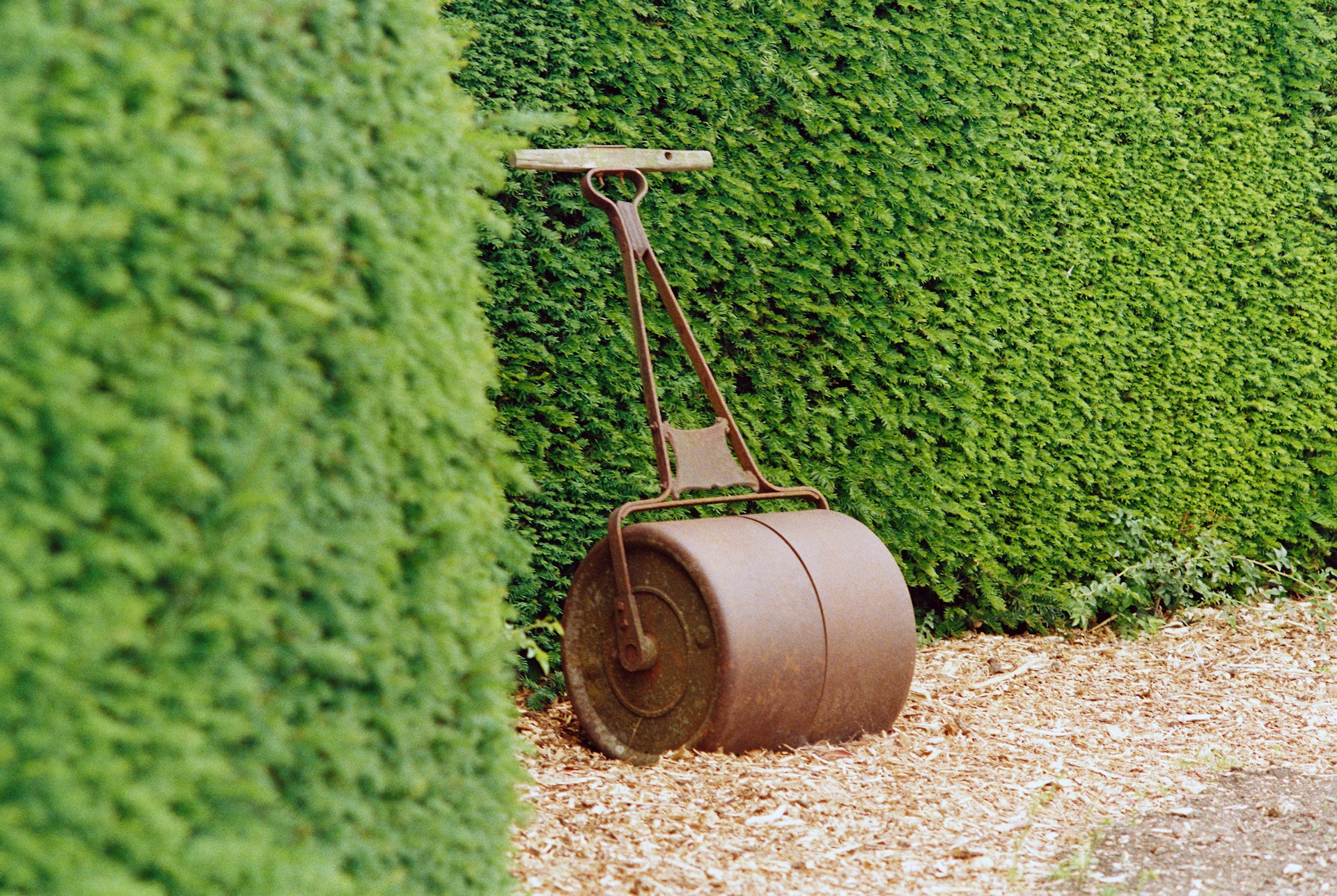Erosion is a sneaky problem in landscaped yards that can cause significant issues if left unchecked. It occurs when wind and rain gradually wear away the soil, leading to patches of exposed ground and even damage to plants and structures. In areas like Kenner, Louisiana, where weather patterns can vary, managing erosion becomes even more important. Not only does it affect the aesthetic appeal, but it also impacts the health and functionality of your garden.
By taking steps to address erosion, you can maintain a landscape that is both beautiful and functional. Prevention and control strategies don’t just keep your yard looking good; they also protect it. Imagine the disappointment of watching that new flower bed you put so much effort into slowly wash away after a heavy rainstorm. By understanding the causes and taking the right actions, you can avoid such scenarios and keep your garden thriving.
Identifying Erosion-Prone Areas
Knowing where erosion is likely to occur can make a big difference in how you approach landscaping. Some tell-tale signs include bare patches of soil, exposed roots of trees and plants, and puddles that form in certain spots after rain. If you notice these symptoms, it’s important to act quickly to prevent further damage.
In Kenner, Louisiana, some common causes of erosion in landscapes come from heavy rainfall, sloped areas, and poor soil quality. When rain hits sloped areas, the water runs off quickly, taking soil particles with it. This runoff can wash away more than just soil, often carrying nutrients away as well. Flat areas aren’t immune either; compacted soil can cause water to pool and slowly erode the surface.
One useful approach is to simply walk around your yard after a rainstorm. Look for changes in the landscape, like new channels cut into the soil or areas where water pools. Keep these points in mind when checking for erosion-prone spots:
– Exposed roots or newly uncovered hard surfaces
– Uneven patches of soil with differing moisture levels
– Small gullies or ditches forming naturally
By taking the time to observe and note these symptoms, you make it easier to manage and protect your landscape from erosion effectively.
Effective Planting Strategies to Control Erosion
Planting the right vegetation plays a significant role in managing erosion effectively. Ground covers and stabilizing plants create a protective layer that keeps soil in place, reducing the impact of rain and wind. In Kenner, Louisiana, choosing native plants not only helps with erosion but also supports the local ecosystem.
Some of the top choices for ground covers include creeping juniper and monkey grass, which spread out to cover large areas and help hold soil together. These plants are low maintenance and provide a beautiful green layer that enhances the landscape while protecting it. Along with ground covers, use shrubs with strong root systems like wax myrtle or yaupon holly. These shrubs anchor the soil, especially on slopes where erosion can be more severe.
Here’s a quick list of plant strategies to consider:
– Ground covers like creeping juniper and monkey grass
– Shrubs like wax myrtle and yaupon holly
– Native grasses to add diversity and strengthen root networks
Selecting plants that are well-adapted to the local climate and soil conditions ensures they thrive with minimal intervention.
Hardscaping Solutions to Prevent Erosion
In addition to planting, hardscaping provides another layer of defense against erosion. Hardscaping refers to the addition of non-plant features such as stones, walls, and paths. Installing retaining walls or terraces can be particularly effective in hilly areas. These structures act as barriers, controlling water flow and keeping soil from washing away during heavy rains.
Using stone for pathways or as decorative elements not only adds visual interest but also helps break up large areas of exposed soil, further preventing erosion. The hard surfaces guide water away from vulnerable areas, distributing it more evenly. This strategy minimizes the formation of runoffs that can erode soil over time.
Incorporating these elements into your landscaping plan can also increase the overall functionality of your outdoor space. Whether you’re building an elegant stone patio or strategically placing a few large rock formations, hardscaping helps create a balanced and resilient landscape.
Building a Strong Foundation for Your Landscape
Combining both soft and hardscaping techniques gives your landscape the best defense against erosion. With the right mix of plants and structural elements, your yard can withstand various weather conditions without losing its charm or risking long-term damage. This balanced approach allows you to enjoy a yard that remains lush and beautiful throughout the year.
Remember, addressing erosion isn’t just about preserving appearance; it’s about protecting your investment in your home and outdoor space. Each element, whether a carefully selected plant or a well-placed stone wall, plays a role in safeguarding your landscape. By implementing these strategies, you can ensure a stable and attractive environment that can be enjoyed for years to come.
To maintain your landscape’s health and beauty while protecting it from erosion, consider partnering with Reliable Soil Co. Inc. Our expertise in erosion control and comprehensive product offerings ensure you have a solid plan for preserving your outdoor space. Get in touch with us to explore our range and see how we can assist as your trusted landscaping soil suppliers.

